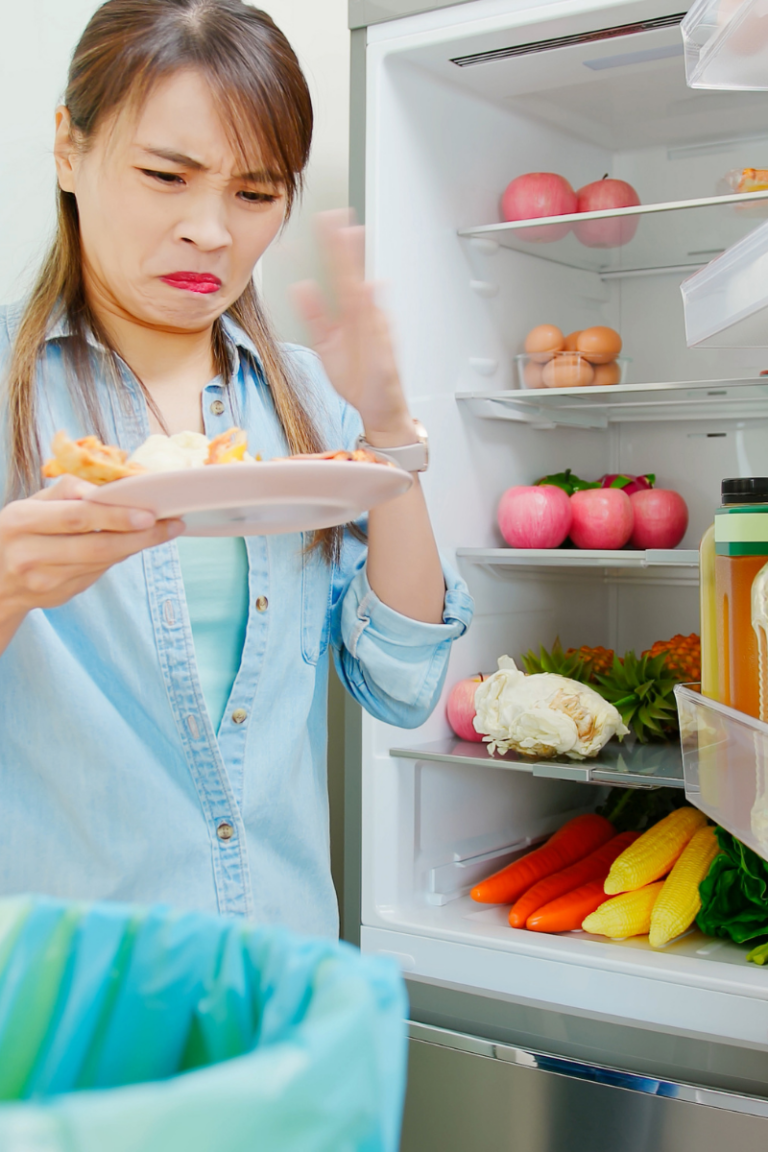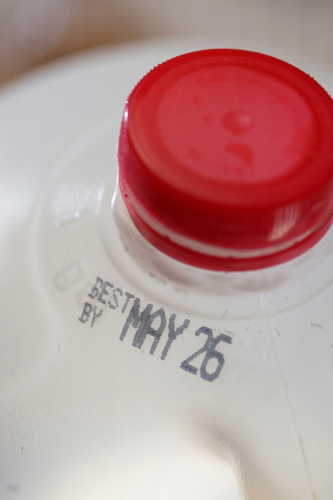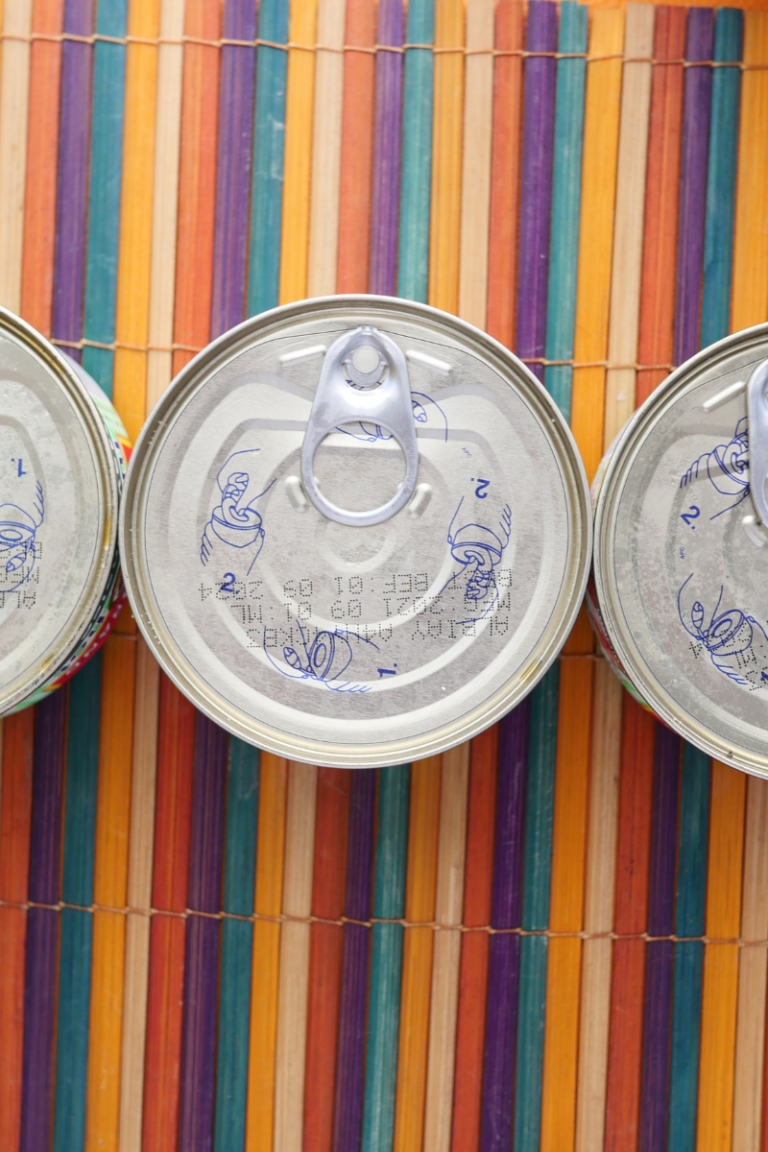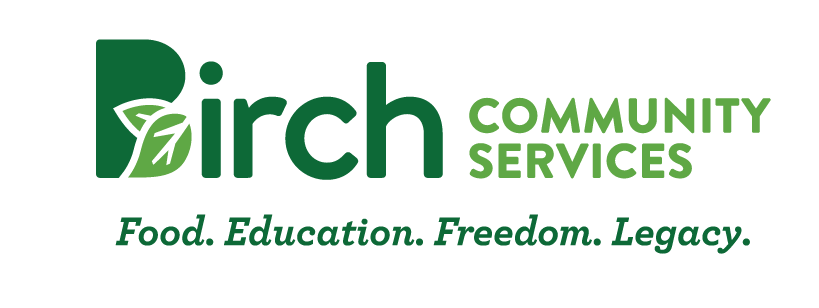“Is This Still Good?”: Understanding Expiration Dates & Shelf Life of
Foods
When shopping for your family, it is sometimes hard to know which foods are safe to eat. There are many different styles of expiration date labeling, such as “best if used by”, “enjoy by”, or “sell by”, and these terms are not regulated and can mean different things to different food manufacturers. So what’s the difference and what do we do with this information?
Many of these labels refer to the date that the product will still be at its peak quality or taste, but have little to do with the actual safety of the food. The inconsistencies in date labels can be confusing to consumers and lead to more food waste. Most Americans end up throwing away about 1/3 of the food they bring home, which is not only a big waste of money but harmful to our environment. Wasted food ends up in landfills and produces about 8% of the greenhouse gases worldwide, contributing to climate change. Understanding expiration dates and proper food storage and safety can help us all reduce food waste, which means more money in our pockets and a healthier planet, too!

How Long Are Foods Good For?
Here is a breakdown of how long foods really are good for – and which expiration dates you really should pay attention to.
MEAT
- Fresh fish, shellfish, ground meats, raw sausage, and poultry should be cooked or frozen within 1-2 days of the sell-by date. They can be kept frozen for 3-12 months.
- Beef, pork, lamb, or veal steaks or chops should be cooked or frozen within 3-5 days and can be kept frozen for 4-12 months.
- Lunch meats (deli sliced and vacuum sealed), hot dogs, bacon, corned beef, smoked sausage, and fully cooked ham should all be used within 1-2 weeks or can be frozen for 1-2 months. Jerky and summer sausage can last 3 months in the fridge.
EGGS & DAIRY
- Liquid egg or egg substitutes can be safely eaten within 10 days after the sell-by date (or frozen for up to a year) but should be eaten within 3 days of opening. Shelled eggs can be refrigerated for 3-5 weeks, and should not be frozen.
- Milk (unopened) can be safely consumed up to 7 days after the use-by date, and should in general be consumed within 7 days of opening.
- Yogurt or kefir can be refrigerated and safely eaten for up to 2 weeks after sell by date or frozen for 1-2 months.
- Butter will safely keep in the refrigerator for 1-2 months from the date of purchase, or can be frozen for 6-9 months.
- Soft cheeses (like brie, goat cheese, cottage cheese, fresh mozzarella, queso fresco, or ricotta) should be consumed within 2 weeks of purchase or can be frozen for up to 6 months (though cottage cheese does not freeze well)
- Hard cheeses (such as cheddar, Swiss, and parmesan) can be stored unopened in the fridge for up to 6 months from the sell-by date but should be eaten within 3-4 weeks after opening. They can also be frozen for up to 6 months.
Fresh VEGETABLES & FRUIT
- Packaged greens (lettuce, spinach, kale, etc) will typically last 3-5 days past the date if unopened, after opening should be eaten within 1-2 days. Most unpackaged lettuce/other greens will keep in the fridge for 1-2 weeks after purchase. Spinach, chard, kale, etc can also be frozen for 10-12 months.
- Most other fresh vegetables and herbs will typically keep for at least 3-5 days in the fridge, with most remaining safe and retaining quality for 1-2 weeks, and root vegetables (such as carrots, potatoes, yams, sweet potatoes, ginger root, onions) lasting 1-2 months if refrigerated. Vegetables can be blanched and frozen for up to 6 months, or canned for up to 2-5 years.
- Most fresh fruit should be eaten (or frozen) within 3-7 days, with some fruits (grapes, citrus fruits, apples, pears, plums, nectarines, and some melons) lasting up to 1-3 weeks if stored in the fridge. Fruits can be frozen for 6-12 months, or canned for 12-18 months.


AND…
BREAD & BAKED GOODS
- Commercial bread products (sandwich bread, flatbreads, rolls, buns, and bagels) are typically good for 2 weeks after purchase if kept at room temperature, will last for 2-3 weeks in the refrigerator after opening or 3-5 months in the freezer.
- Freshly baked or homemade bread will typically last 3-5 days at room temperature, or 2-3 months if refrigerated.
- Cakes, muffins, pies, pastries, and other baked goods should be eaten or frozen within 3-7 days, or most can be frozen for 3-6 months.
- Freshly baked cookies will typically keep in the pantry for up to 2-3 months, or 8-12 months if frozen.
- Packaged cookies/candies will typically keep for several months in the pantry, or up to a year in the freezer.
Canned, Dried, or Other SHELF-STABLE FOODS
- Low-acid canned goods such as meat and poultry, tuna or other fish, soups (except tomato) or pasta products, potatoes, corn, carrots, spinach, beans, beets, peas, or pumpkin are good for 2-5 years on the shelf and should be eaten within 3-5 days of opening.
- High-acid canned goods such as canned fruits, fruit or vegetable juices, tomatoes, pickles, sauerkraut, and other pickled vegetables are safe for 12-18 months on the shelf and should be eaten within 5-7 days once opened.
- Home-canned foods should be eaten within 12 months, and should be boiled for 10 minutes (if a high-acid food) or 20 minutes (if a low-acid food) before eating. Once open these foods should be eaten in 3-4 days.
- Dried rice, pasta, and beans can be stored for up to 2 years and should be eaten within 3-5 days after cooking/stored in the refrigerator.
- Other grains (farro, bulger, quinoa, oats, etc) are typically good 6-12 months after best by date.
- Oils (such as olive, avocado, coconut, canola, or vegetable oil) can be kept for 1-2 years, while vinegar can be kept for 3-5 years or more.
- Most dried herbs, spices, and seasoning blends will last for 2-4 years in the pantry.
- Nuts will last in the pantry for 3-6 months, or up to a year in the freezer. Nut butter will last 5-8 months past the best-by date once opened if refrigerated.
- Mayonnaise or salad dressings are typically good 3-6 months after the best-by date. Should be eaten within 2-3 months after opening.
- Most other condiments (ketchup, chili sauce, mustard, barbeque sauce, etc.) will keep for 1-2 years after the best-by date and can be kept for 3-6 months after opening. Soy and teriyaki sauces are good up to 3 years after purchase.
- Jams, jellies, and preserves will last 6-18 months past the best-by date and should be used within 6-12 months after opening.
Note: Are you wondering about a specific food that is not on this list, you can use the FoodKeeper App, developed by the USDA’s Food Safety and Inspection Service to find it!


Tips for Spotting Spoiled Food
Even if you have determined that the date is within a safe range, you may still encounter foods that are unsafe to eat. Here are some tips for spotting them.
Use All Your Senses. How does the food look? If the color or general appearance doesn’t look normal to you, examine the product more closely. Is there visible mold growing? Does the food have any sour or otherwise abnormal smell? Is the food slimy, or appear to have a different texture than it normally should? Maybe it looks and smells fine, but when you taste the food it has an off-flavor – trust your gut (and your tastebuds) and throw it out!
Look for signs of damage, or lack of proper storage. Jars should still have their seal and not be leaking. Cans with deep dents or those that appear overly rusted or bloated should be avoided. If packaging is ripped or torn open, not only will the food likely be stale, it may also be unsafe to eat. Bagged, jarred, or otherwise packaged foods that have air bubbles, are puffed out like a balloon, or have a lot of condensation on the inside before opening may have harmful bacteria growing.
Keep track of leftovers. Sometimes there is no apparent sign that food has gone bad, but it is important to keep in mind that in general most leftovers should be eaten within 3-7 days. Try to eat the ones that will go bad first, to reduce food waste. Use the same approach to your leftovers as you would while shopping. Use all your senses and “follow your nose” – if a food seems to be past it’s prime, its better to toss it than to risk getting sick.


